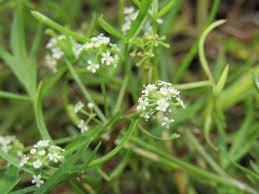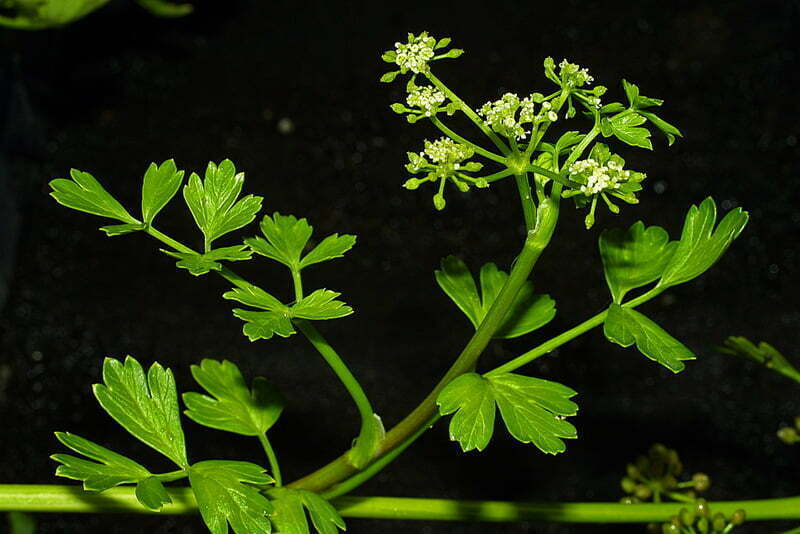
Apium Prostratum
Common name: Sea Celery
- I grow best: Part shade
- Height up to 70cms
- Well drained moist sandy soils
- Flowers – Sept-May
- Attracts – butterflies & insects
- Edible leaves and stem
- Eastern Suburb Banksia Scrub
Looks like: It is a very adaptable plant looks like Parsley is also very tolerant as they can survive through droughts and can grow in quite sandy or salty soil. As it is an annual/biannual herb it grows well in pots as well. It can be grown in a largish pot, with up to three per pot to give you a constant supply of leaves. It can tolerate light frosts. The Sea Celery sends up white clusters of flowers on umbels (it is a member of the Apiaceae family known for umbel arranged flowers) in late spring with seeds that can be collected in mid-late summer.
Habitat & Growing : Grows naturally along coastal areas in southern states of Australia. This plant is a great edible native plant, it can be a compact plant like parsley, or have a cascading form which looks great grown on banks or in hanging baskets and pots. It grows best in part shade, but can also be grown in sun with a bit of extra care. It seeds itself readily. A good bush tucker plant for smaller gardens and balconies, as well as larger areas, and an attractive container plan, with its attractive ferny foliage. As with all herbs, constant picking of leaves will help the plant bush up. When it has flowered, wait for it to set seed, to collect for propagation, and then cut the flower stalk off. If it has a good root system you will get one more year out if it, if it hasn’t sow the seeds fresh and replace the plant with the new seedlings that will come up in 3-4 weeks.
| Family | Apiaceae |
| Plant Type | Ground cover |
| Width | 1 |
| Flowering Time | Spring, Summer, Autumn |
| Soil Type | Sandy, Loamy, Sandy loam, Clay loam, Potting mix, Saline, Poor soil |
| Climate Zone | Sub-tropical, Warm temperate, Mediterranean |
| Growth Habit | Evergreen, Spreading, Weeping |
| Soil Moisture | Well-drained, Moist moderate drainage |
| Special Uses | Edible, Tea, Pipe and drain friendly, Pollution tolerant, Fast growing, Playground friendly |
| Height | 0.4 |
| Flower Colour | Cream |
| pH Level | Acid, Neutral |
| Plant Environment | Low maintenance garden, Courtyard, Container growing, Coastal garden |
| Light | Sunny, Light shade, Half shade |
| Lifespan | Annual, Biennial |
| Frost Tolerance | Tolerates light frost |
| Attracts Wildlife | Butterflies |
Distribution:

Traditional uses: Edible bushtucker plant. It can be used like parsley or celery in dishes like salads, stews and soups, and has a nice flavour. Its very high Vitamin C content also makes it a great addition to smoothies and fruit drinks to give you an extra shot of Vitamin C.

